In the realm of tools, few objects have the ability to blend humble origins with high artistry, quite like the Laguiole knife. Named after a small village in the Aveyron region of France, the Laguiole is not just any knife; it’s a cultural icon, a symbol of craftsmanship, and a piece of living history. The transformation of this blade from a simple peasant's pocket knife to one of the world's most elegant and sought-after additions to a gentleman's outfit is a story worthy of exploration. Join me in dissecting the intriguing transformation of the Laguiole knife in my deep-dive blog post crafted for the aficionados, historians, and enthusiasts of these cutting-edge slices of French legacy.
A Slice of History: Peasants and Their Blades
The Origins of Laguiole
The story of the Laguiole knife begins in the harsh, rural landscape of early 19th-century France. The knife was crafted for shepherds, farmers, and simple peasants who traversed the Aubrac plateau. These individuals required a tool that was both utilitarian and reliable, capable of tackling the daily tasks demanded by their profession.

The Initial Design
Originally, the Laguiole's design was based on a simple shepherd's tool featuring a folding blade. The signature bee or fly motif that rests on the blade's spine, one of the marks of a true Laguiole, was said to be an emblem of royalty, the Napoleons. Later, in the late19th-century the corkscrew, and the awl was added (new window).
The Artistry Takes Shape
Craftsmanship at its Core
Local blacksmiths and bladesmiths handcrafted the Laguiole knife in the village; a tradition passed down through generations. The artisans who forged these knives were not just makers but artists, quietly inscribing their talents and personalities into each blade.
Materials and Techniques
The update from its humble origins to the gentleman's knife began with the use of premium materials. The handles transformed from simple wood to rare and exotic materials, including ivory, horn, and even the now-controversial tortoiseshell. Blades of stainless steel and Damascus steel later replaced the more workhorse carbon steel, marking a significant shift from function to finesse.
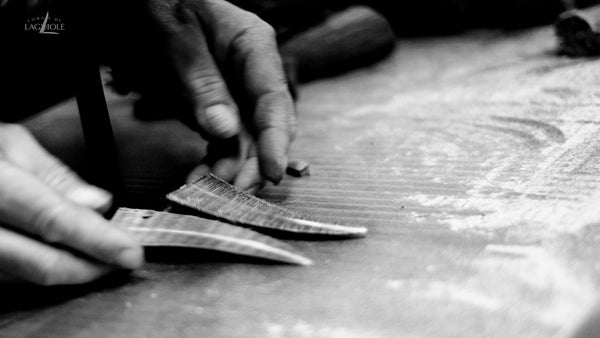
Elegance in Evolution
The Transition to Urbanite
The evolution of the Laguiole from a rural into an urban phenomenon transpired as the knife became favored by city dwellers, particularly those with culinary inclinations. The delicate, precise blade found a place in the hearts and kitchens of chefs, sommeliers, and gourmands around the world.
The Influence of Renowned Designers
Renowned designers began influencing the Laguiole's handle design, adding embellishments, and even modifying the blade patterns. This not only broadened the knife's appeal but also turned it into a collector's item, with some iterations commanding significant prices.
Carrying the Weight of Heritage
Collectors’ Favorites
Today, the Laguiole knife is more than just a tool; it’s a collector's item that embodies French heritage and tradition. Enthusiasts and collectors alike are willing to pay a premium for the finest pieces, sometimes treating their Laguiole knives more as art to be admired than as utensils to be used.

The Laguiole in the Modern World
Despite its historical roots, the Laguiole remains a relevant and sought-after product in a world filled with mass-produced goods. This continued appeal is a testament to the knife's legacy and the passion of French manufacturers that keep the tradition alive.
How did the Laguiole knife go from a peasant's folding tool to one of the world's most elegant gentlemen's knives? The answer is as complex and layered as the blade itself. What began as a necessity for survival evolved into an emblem of craftsmanship, artistry, and national identity. It is a tale of how an object that once signified labor now encapsulates luxury and tradition. For those who appreciate fine craftsmanship and a rich cultural history, the Laguiole knife serves as a reminder that elegance can indeed arise from the unlikeliest places. Remember, the next time you hold a Laguiole, you are not just holding a knife; you are holding a story that continues to unfold with each exquisite cut.

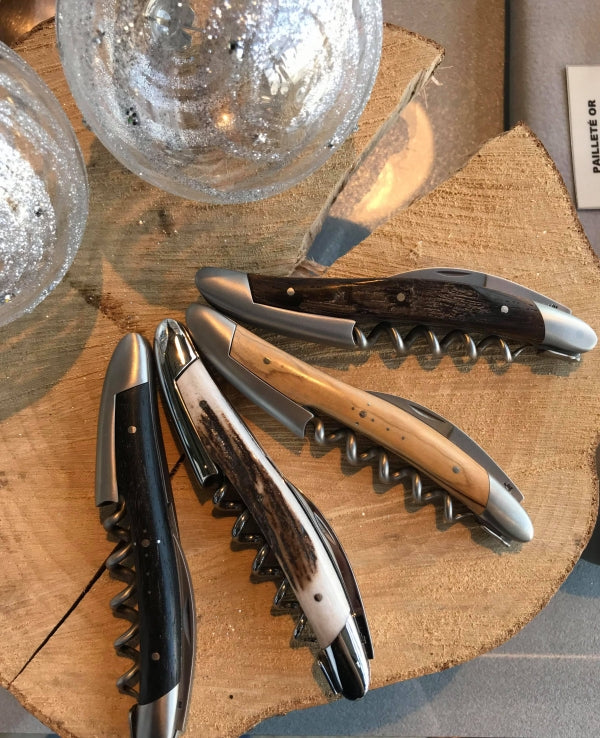
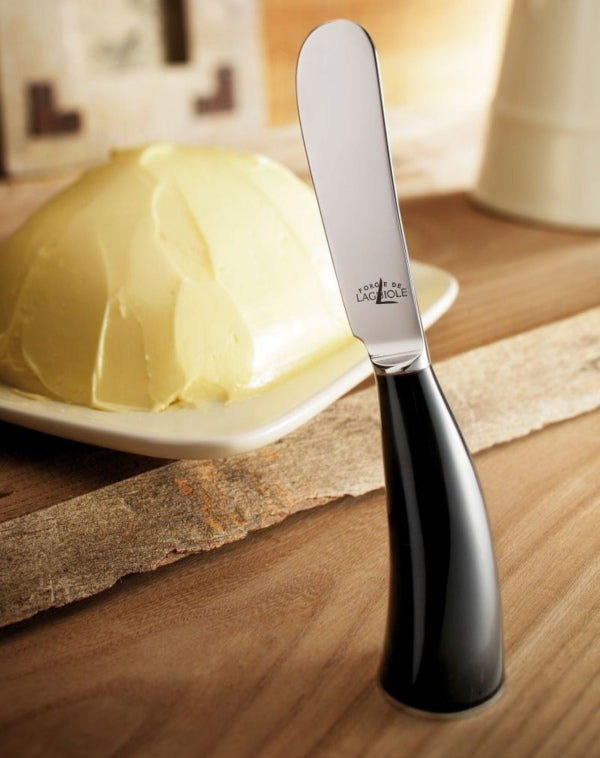
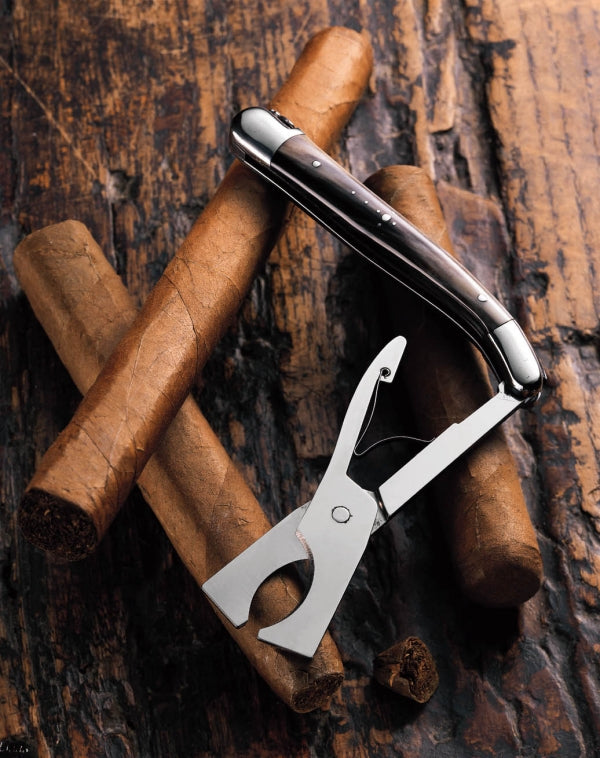
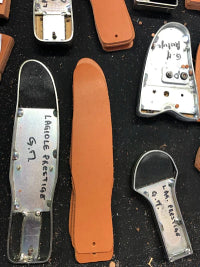
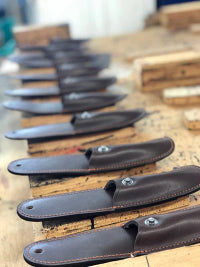
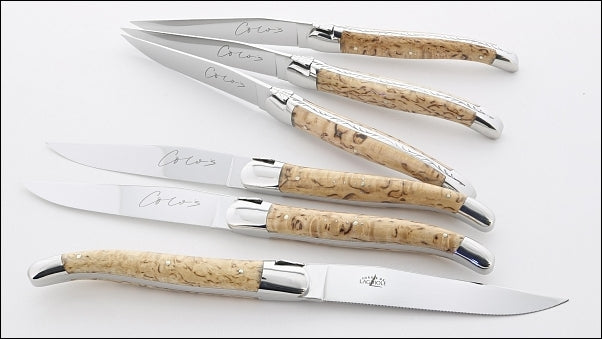
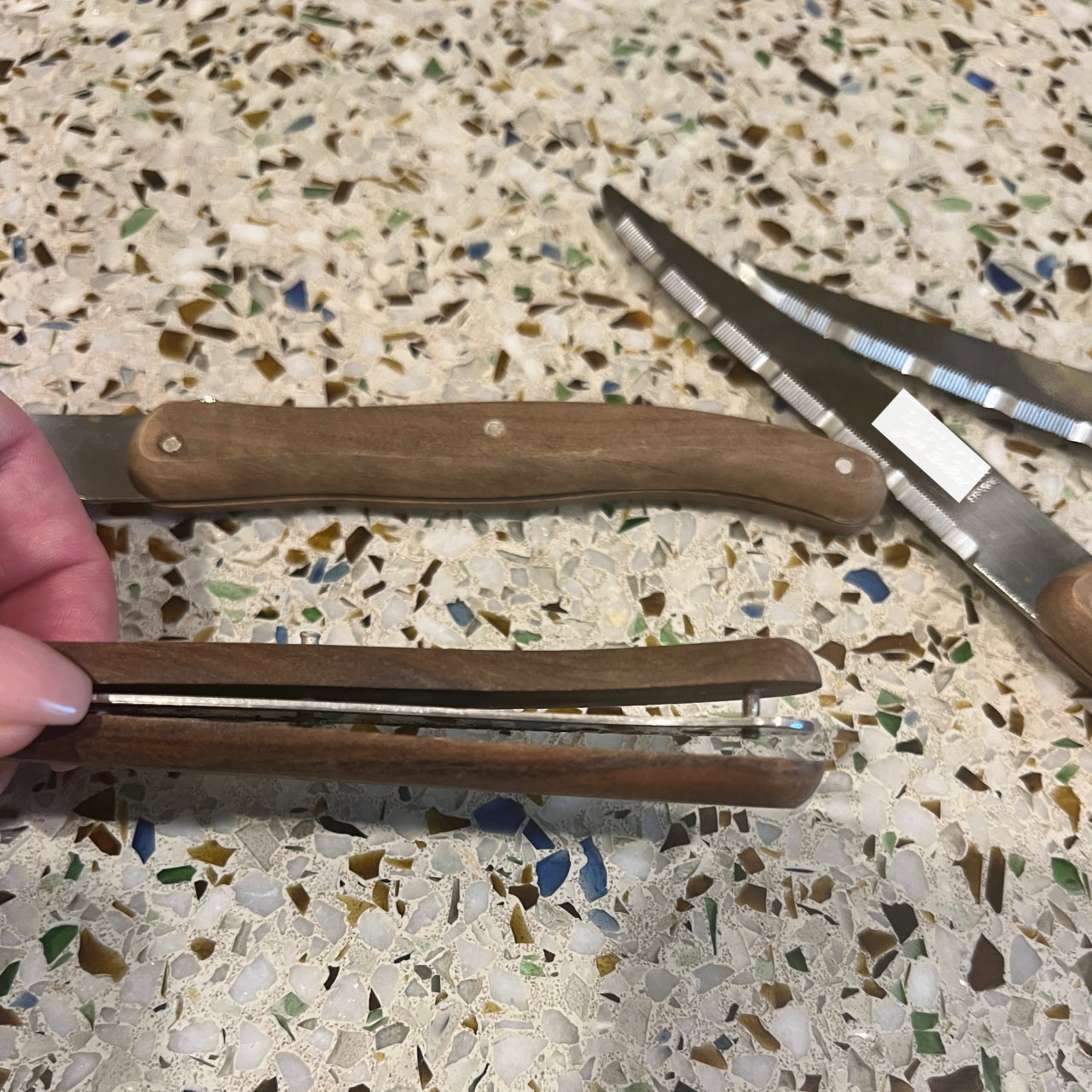
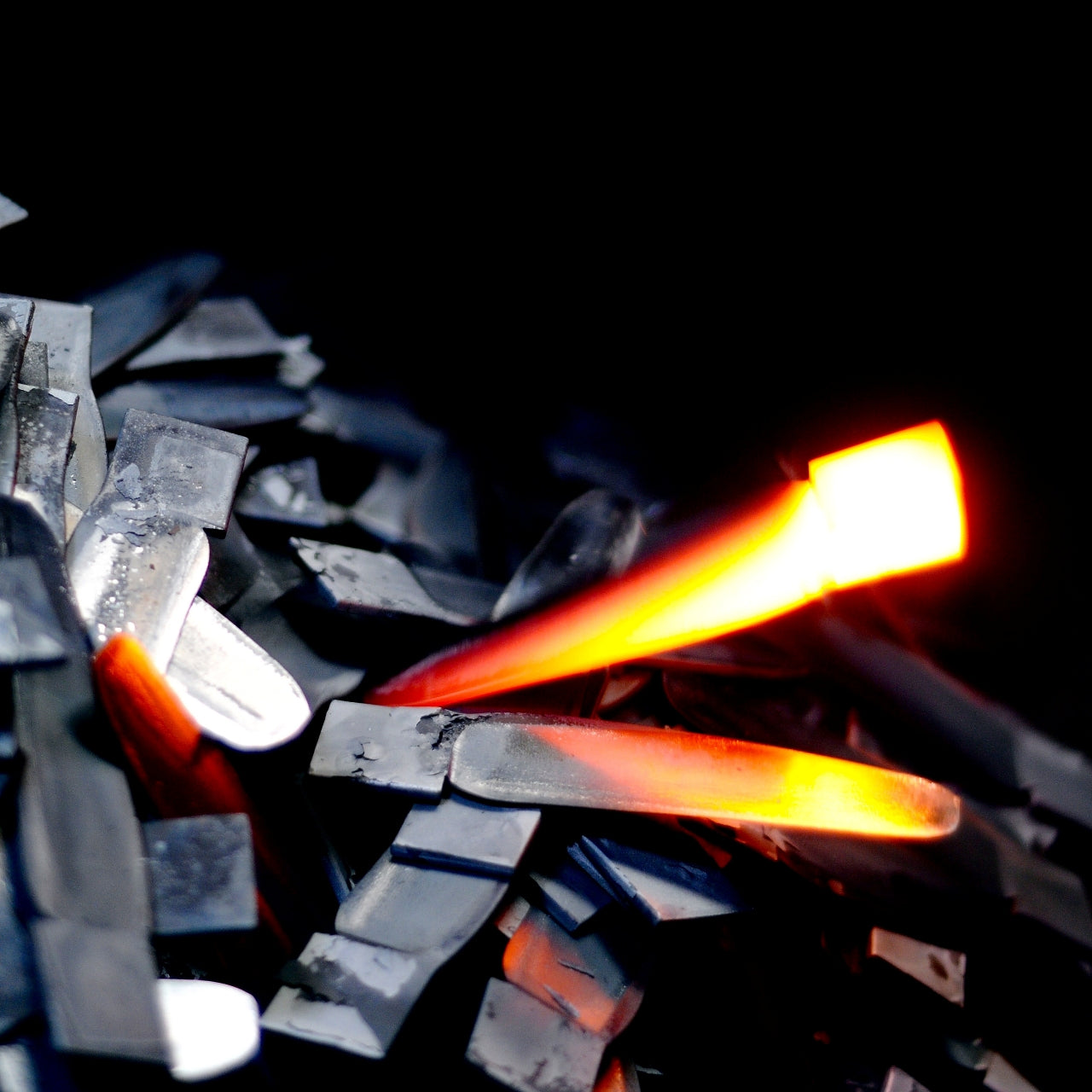
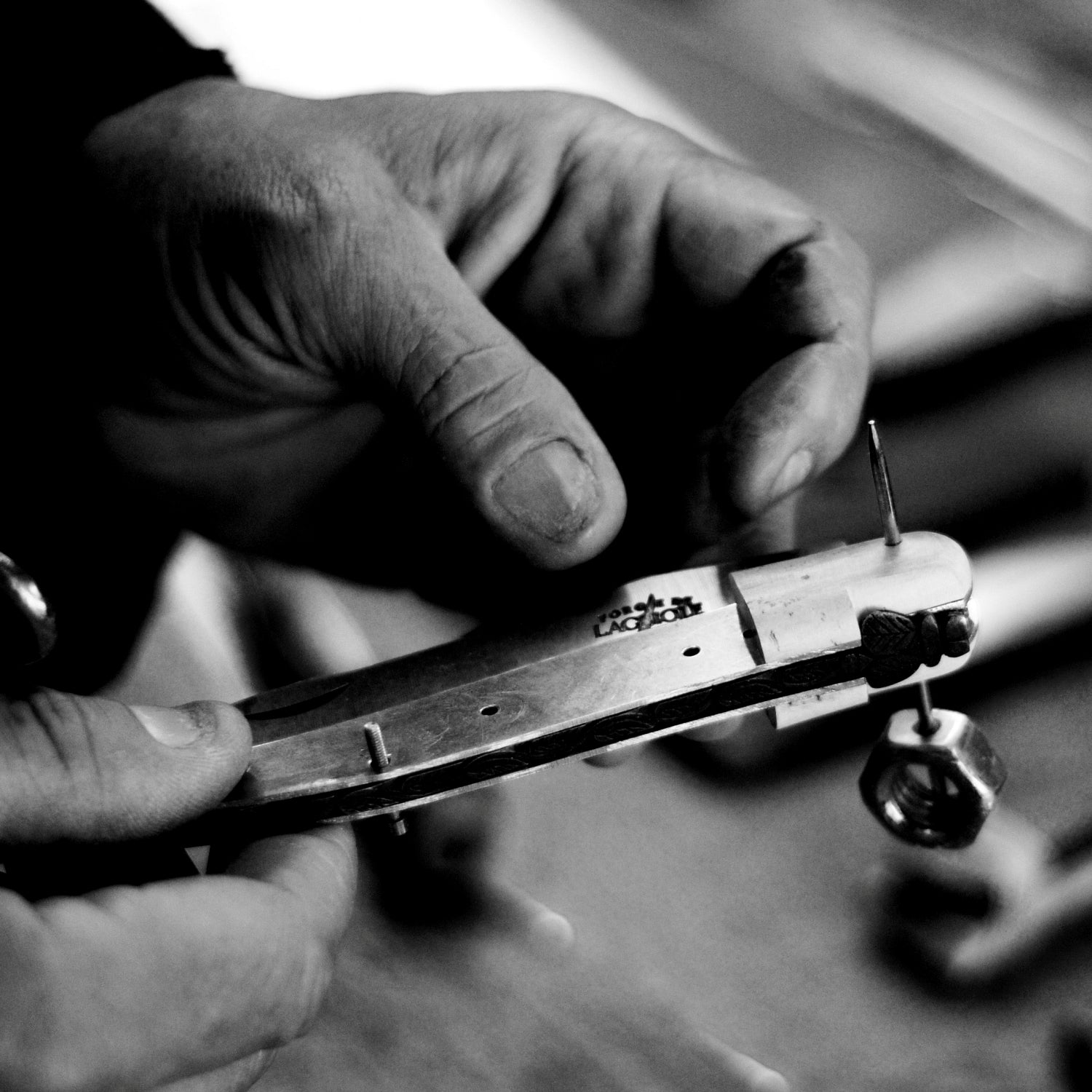
Leave a comment (all fields required)